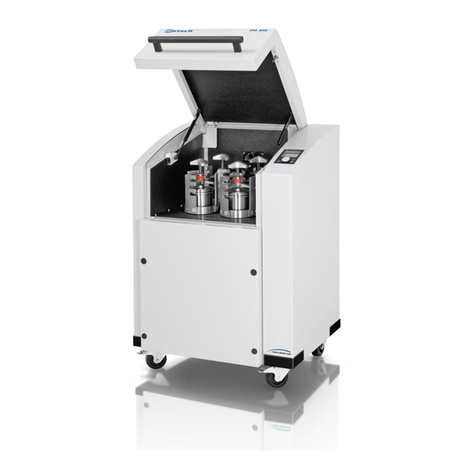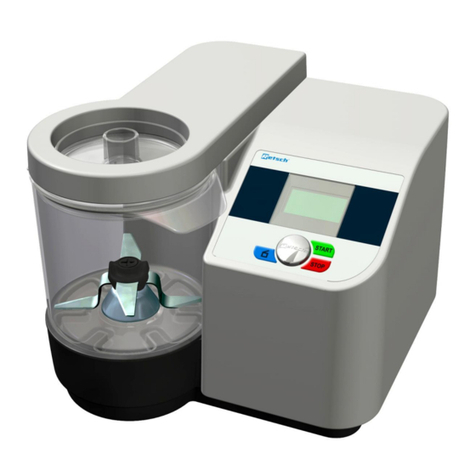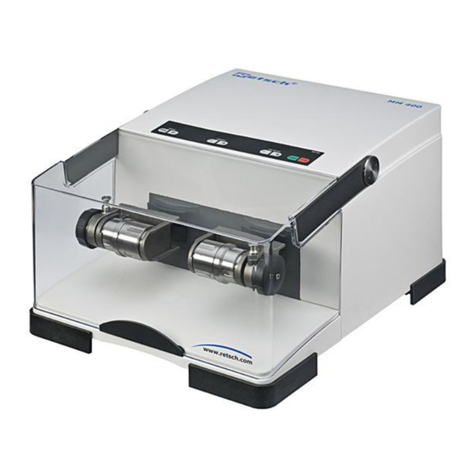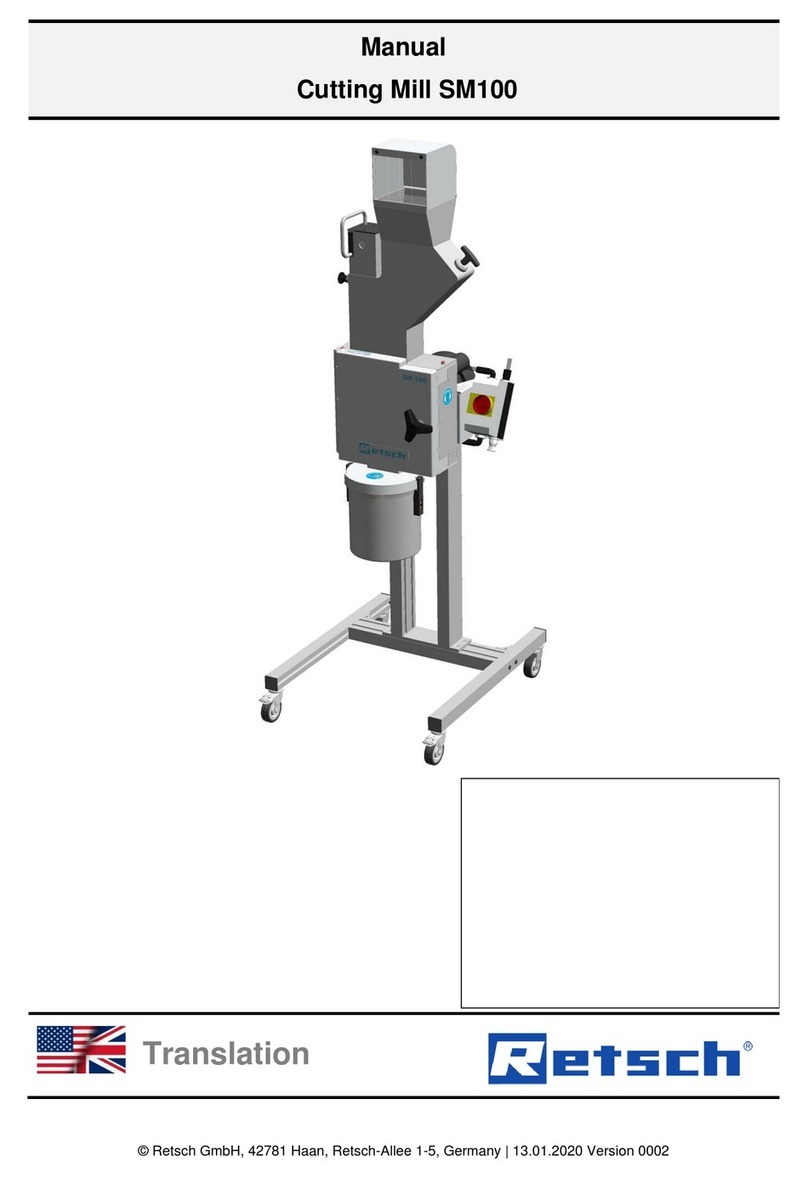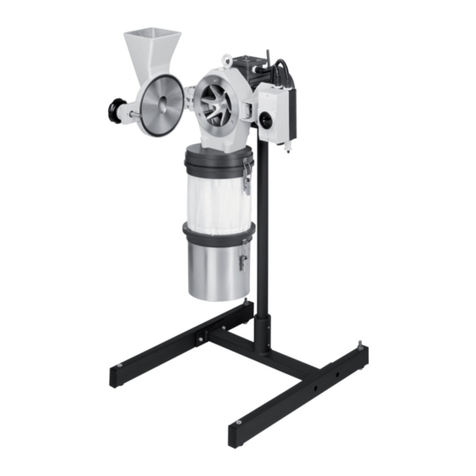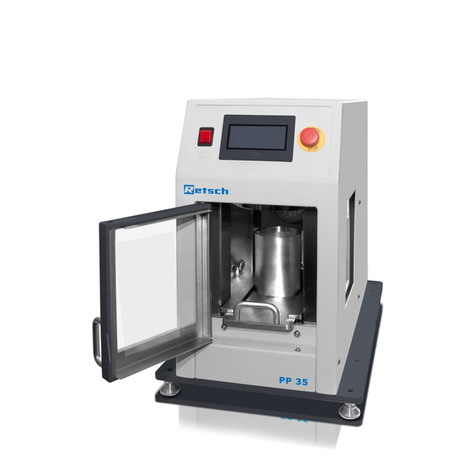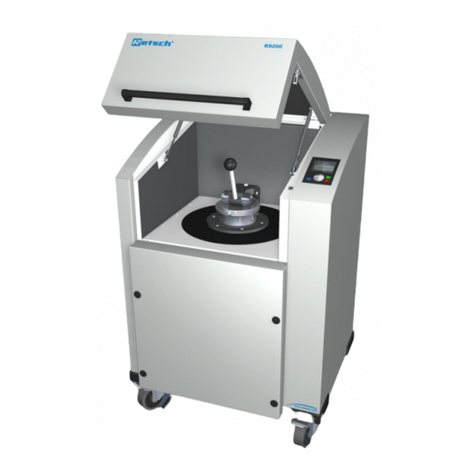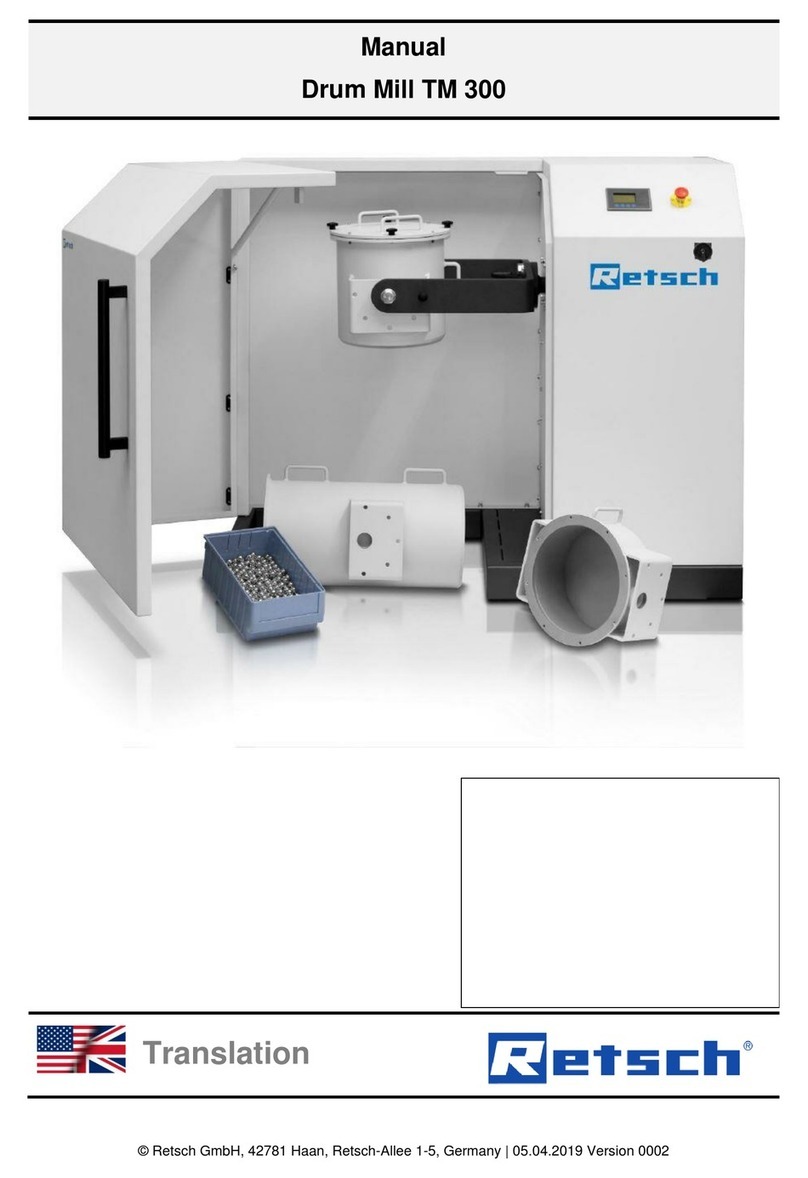Table of Contents
1Notes on the Manual ............................................................................................................................. 5
1.1 Explanations of the Safety Instructions ............................................................................................. 6
1.2 General Safety Instructions ............................................................................................................... 7
1.3 Repairs............................................................................................................................................... 8
2Confirmation .......................................................................................................................................... 9
3Packaging, Transport and Installation .............................................................................................. 10
3.1 Packaging........................................................................................................................................ 10
3.2 Transport.......................................................................................................................................... 10
3.3 Temperature fluctuations and condensed water ............................................................................. 10
3.4 Conditions for the Installation Site................................................................................................... 10
3.5 Installation of the Device.................................................................................................................. 10
3.6 Type Plate Description..................................................................................................................... 11
4Technical Data ..................................................................................................................................... 12
4.1 Use of the Device for the Intended Purpose.................................................................................... 12
4.2 Feed Grain Size............................................................................................................................... 12
4.3 Pressure Range............................................................................................................................... 12
4.4 Pressure Force ................................................................................................................................ 12
4.5 Dimensions and Weight................................................................................................................... 12
4.6 Required Floor Space...................................................................................................................... 13
5Operating the Device .......................................................................................................................... 14
5.1 Views of the Instrument................................................................................................................... 14
5.2 Overview table of the parts of the device ........................................................................................ 15
5.3 Preparing the Sample Material........................................................................................................ 16
5.4 Instructions on Handling the Die Tool and the Pressing Plates Fehler! Textmarke nicht definiert. 16
5.5 Operating the Die Tool..................................................................................................................... 17
5.5.1 Preparing the die tool................................................................................................................... 17
5.5.2 Filling sample material into the die tool ....................................................................................... 18
5.5.3 Pressing the tablet....................................................................................................................... 19
5.5.4 Removing the Die Tool and Tablet (1)......................................................................................... 19
5.5.5 Instructions on Handling the Die Tool and the Pressing Plates .................................................. 21
5.6 Die Tool –Alternative Insertion........................................................................................................ 21
5.6.1 Removing the Die Tool and Tablet (2)......................................................................................... 22
5.7 Ventilation........................................................................................................................................ 24
5.8 Pressure Test .................................................................................................................................. 25
5.9 Overpressure relief .......................................................................................................................... 25
6Cleaning and service .......................................................................................................................... 26
6.1 Cleaning........................................................................................................................................... 26
6.2 Maintenance .................................................................................................................................... 26
7Disposal................................................................................................................................................ 27
8Index ..................................................................................................................................................... 28
